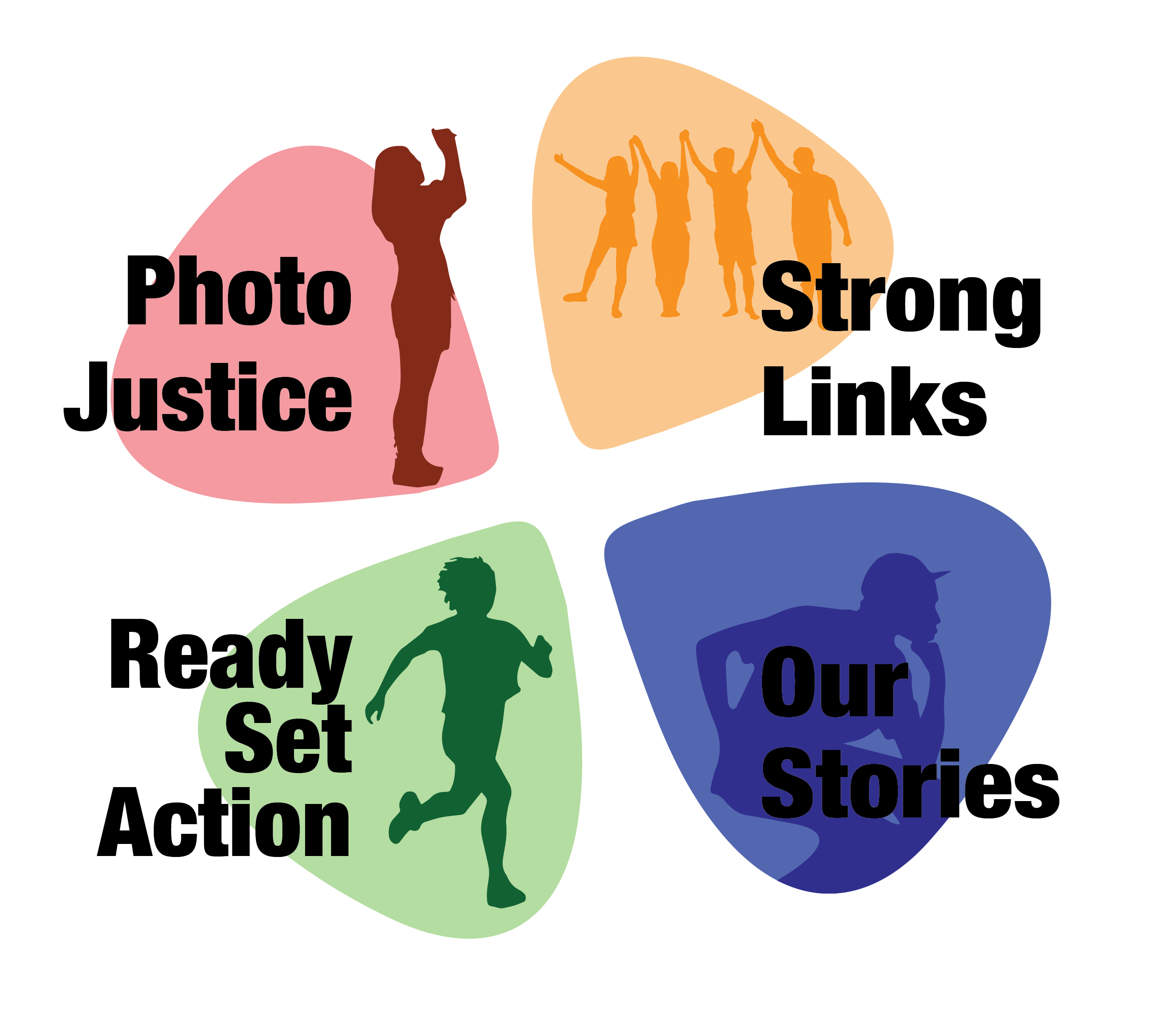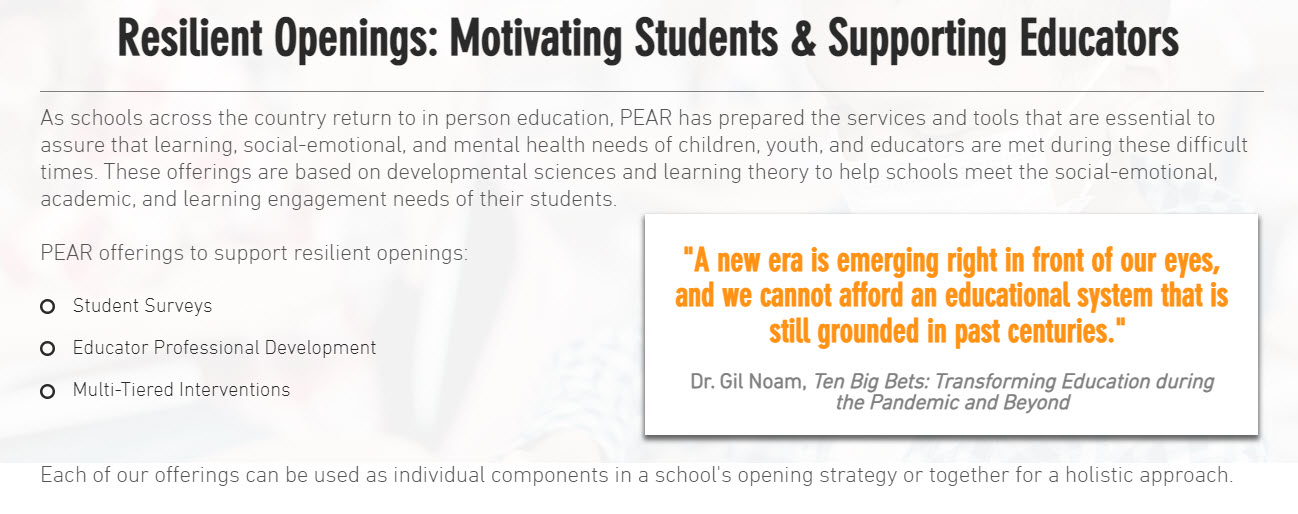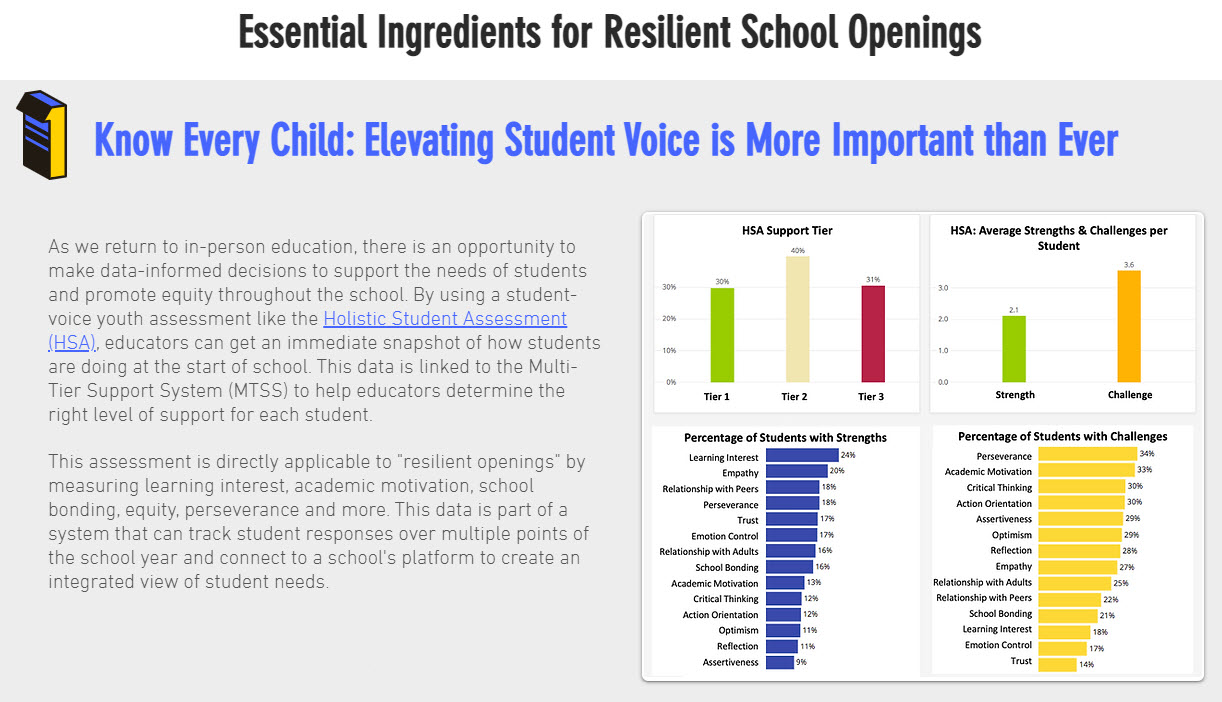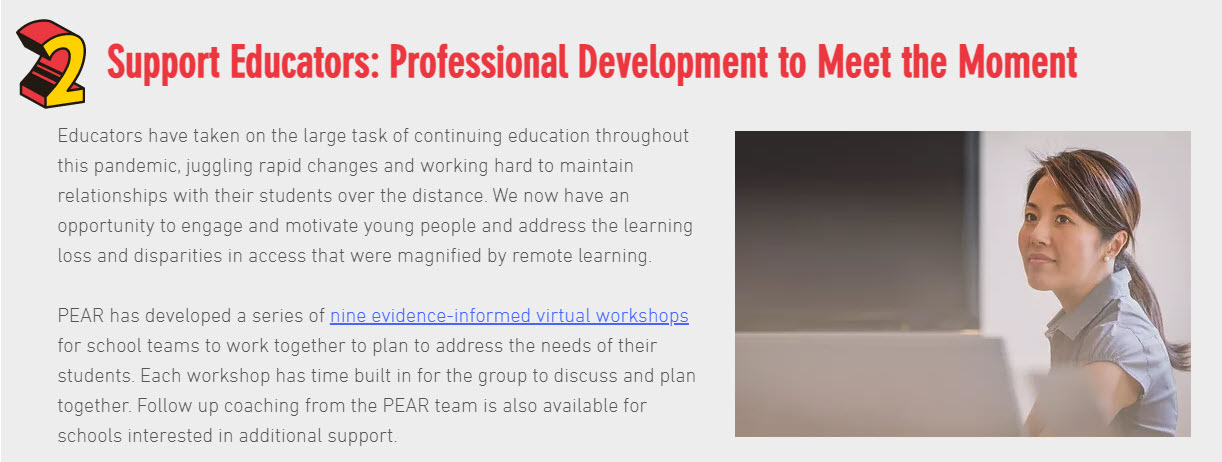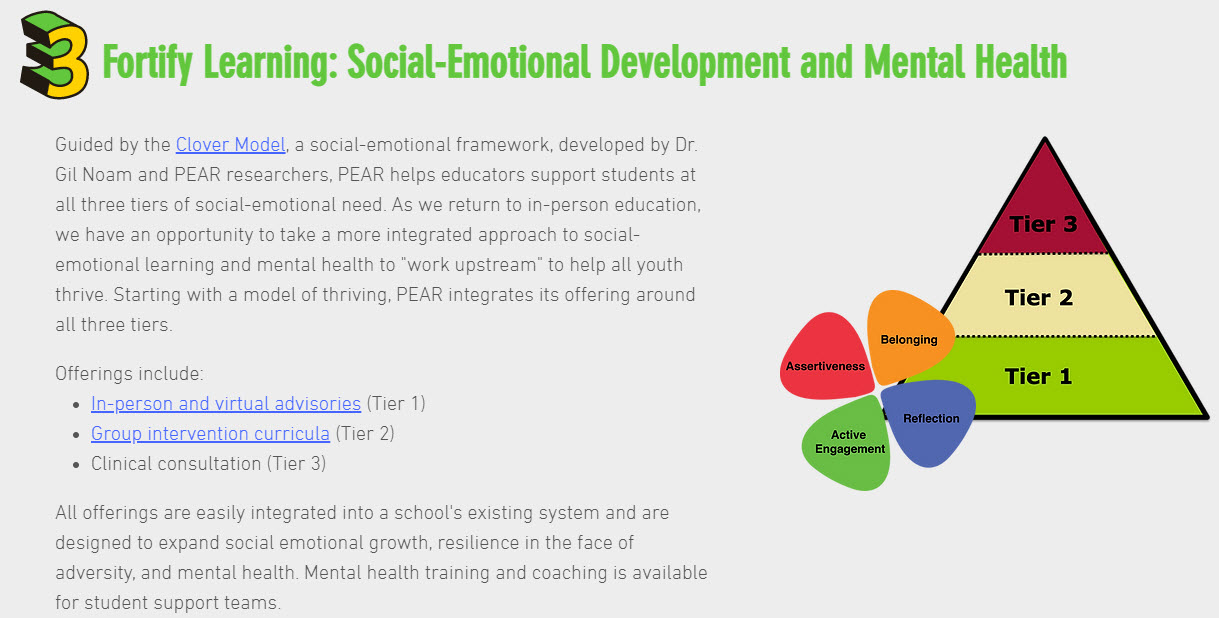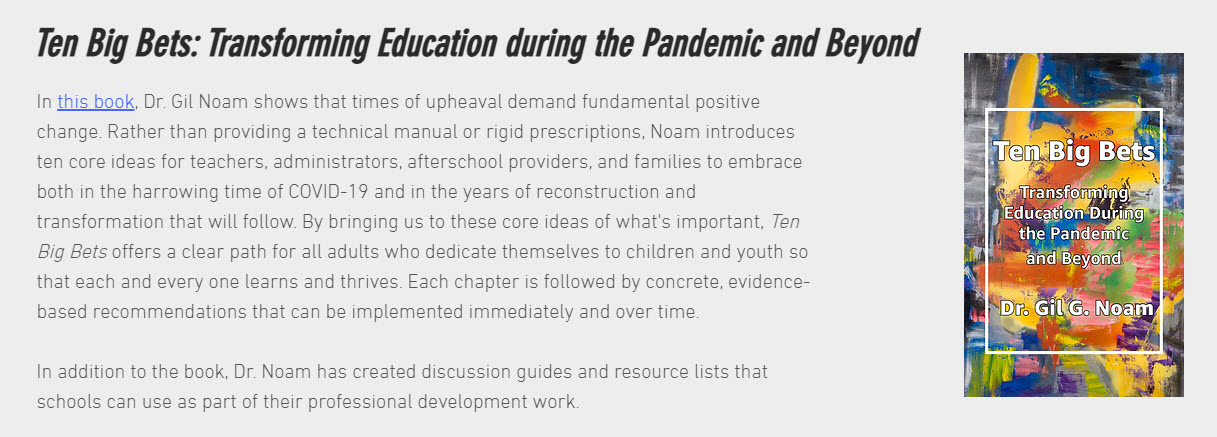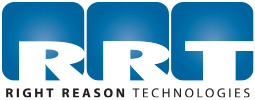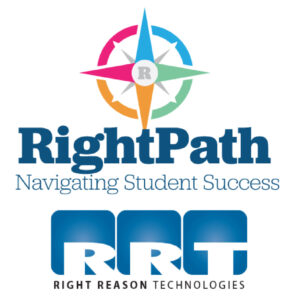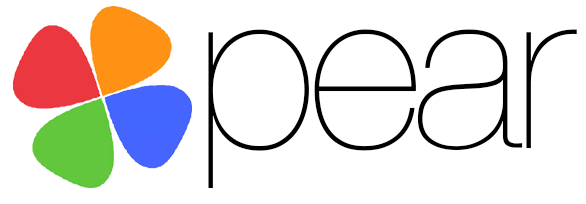Social Emotional Learning

Social Emotional Learning
Right Reason Technologies and PEAR
In 2019, after extensive research to find a suitable partner to bring critical SEL products and services to our partner districts we began work with PEAR. The vast experience of their founder Dr. Gil Noam, Jane Aibel and their team, coupled with the high quality of their survey, PD and curriculum products made it simple. There were many partners to choose from but only one clear choice. PEAR.
The PEAR strength-based survey tools are built upon decades of research and continue to be validated with sophisticated statistical analysis. Their Clover model and Support Need Tiering process is a great fit with our MTSS solutions.
PEAR PD and Curriculum offerings are of the highest quality and are consistently updated to keep pace with the changing needs of our communities.
PEAR team members are an amazing group of caring individuals, for whom this work is a mission.
We are incredibly pleased to work with PEAR!
You will be too!
The Mission
Our teams work with district staff to identify the scope and focus of their initial project. Key academic data points are gathered and if they aren't already stored in RightPath™ they are imported. The target survey population is identified, and rosters are ported to the PEAR survey tool. After the brief survey administration, detailed SEL data can be analyzed in the HSA Dashboard. In addition, aggregate scores for the key Clover elements can be reviewed side-by-side in RightPath™ with the myriad of academic data point managed there. The view below can be made available to all staff that should be able to see it!
Put a complete view of the entire student in the hands of your staff!
Academic Data Meets SEL Data!
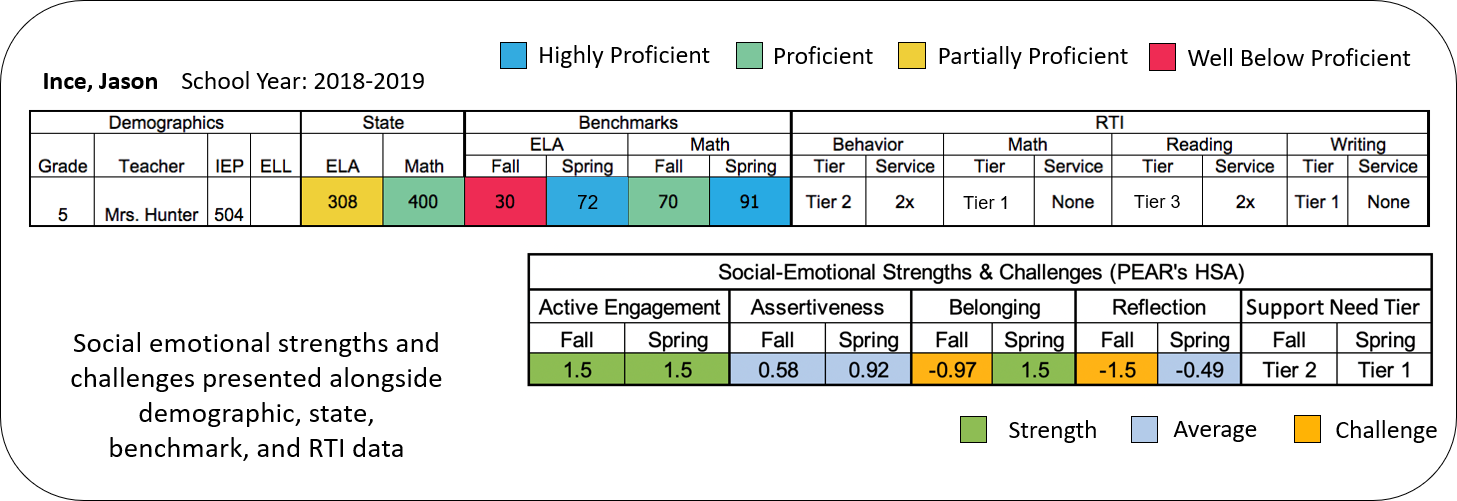
The Clover Model of Youth Development
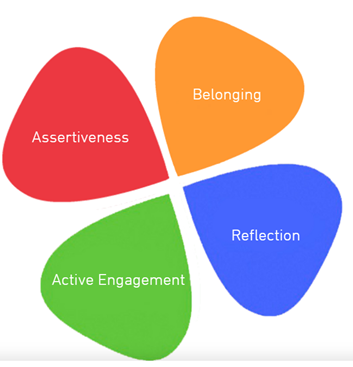
Through many years of research and practical experience, Dr. Gil Noam and PEAR have developed the Clover Model.
The model is called Clover to convey growth, luck, nurturance, and balance. It is a framework that helps us understand human developmental needs. It establishes a common language that can be used to communicate the strengths and challenges of children and youth.
The Clover Model highlights four essential elements that people of all ages need in order to thrive, learn, and develop: Active Engagement, Assertiveness, Belonging, and Reflection.
The model is about a balance between the four leaves. While many individuals tend to specialize in a specific leaf, we each possess all the leaves to a greater or lesser degree and our tendencies may shift over our lifetimes. People specialized in one leaf often demonstrate particular strengths and struggles. Striving for personal balance between the four leaves of the Clover can help adults and students achieve positive mental health.
The Clover Model is a great tool to help with individualized and personalized learning because it provides a framework to understand human developmental needs. It helps educators identify the strengths and challenges of their students so they can better tailor instruction to meet each individual's needs. The model also emphasizes the importance of balance between the four essential elements of active engagement, assertiveness, belonging, and reflection.
This is important because it reminds us that we all have different strengths and weaknesses and that we need to work on developing all aspects of our personalities in order to be successful and well-rounded individuals. By understanding the Clover Model, we can better create individualized learning experiences that will help our students reach their full potential.
Clover is helpful in identifying the basic needs that kids have. By designing programs accordingly so each one of these gets nourished and children can work towards their own personal Clover balance, children are healthier mentally, emotionally, and academically.
The Holistic Student Assessment (HSA)
The Holistic Student Assessment is a data-driven tool to promote social-emotional development in young people in school and afterschool settings. The self-report tool provides teachers, program staff and administrators with a social-emotional “portrait” of the unique strengths and challenges of each young person. Data can be reported at individual, classroom, school, and district levels. The HSA can be administered to students at different times in the year.
Design Attributes:
- Student voice– the HSA is based on answers that young people provide about themselves.
- Fast turnaround – schools and programs receive results within two weeks of HSA administration.
- Strength-based– individual portraits present strengths as well as challenges in different social-emotional
- Differentiated learning– information from the tool encourages differentiated teaching and support
The validated instrument is based on PEAR's Clover Model, which describes child and adolescent development as a holistic interaction between four core developmental needs: Active Engagement (engaging the world physically), Assertiveness (expressing voice and choice), Belonging (social connection and relationships) and Reflection (thought and meaning-making).
For more information about using the HSA in your school or program, join a Discovery Meeting - or - schedule a 15 minute SEL consultation.
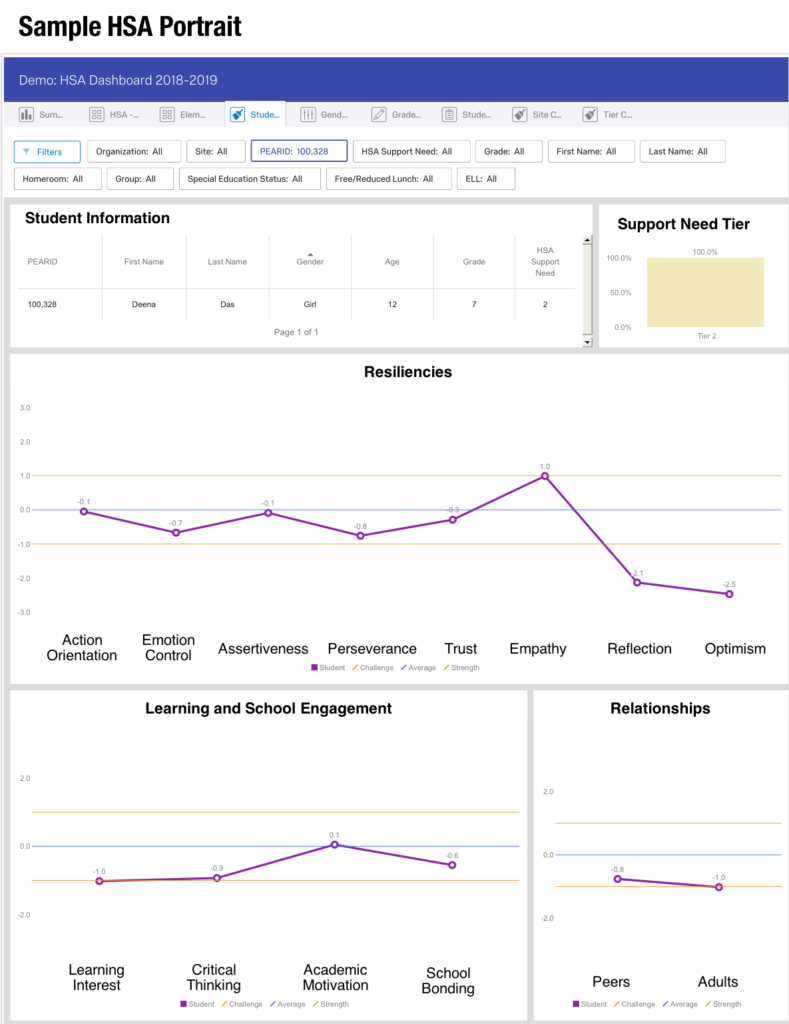
Social Emotional Developmental Curricula (Clover Groups)
The Clover Groups social emotional development curricula has been conceptualized and developed through the collaboration between developmental psychologist, Gil Noam, Ed.D., Dr. Habil and Partnerships in Education and Resilience (PEAR). Through theory, practice, and research, the Clover Groups aim to provide an inclusive, strength-based model of intervention that helps build youth competence and resilience through relationships with peers and positive adult figures, and works in collaboration with families, teachers, school administrators, community programs, mental health professionals and others to support youth success.
Through the Clover Model, youth who are experiencing a significant imbalance in their social emotional competencies and are potentially at-risk for academic, emotional and behavioral problems, are a great fit for participation in a Clover Group. The Clover Groups aim to intervene before a youth's academic performance and healthy development are impacted. The Clover Groups integrate mental health, youth development and education, and are designed specifically for school and out of school time settings. The Clover Groups include Ready, Set, Action, Photo Justice, StrongLinks and Our Stories.
For more information about using Clover Groups in your school or program, join a Discovery Meeting - or - schedule a 15 minute SEL consultation.
